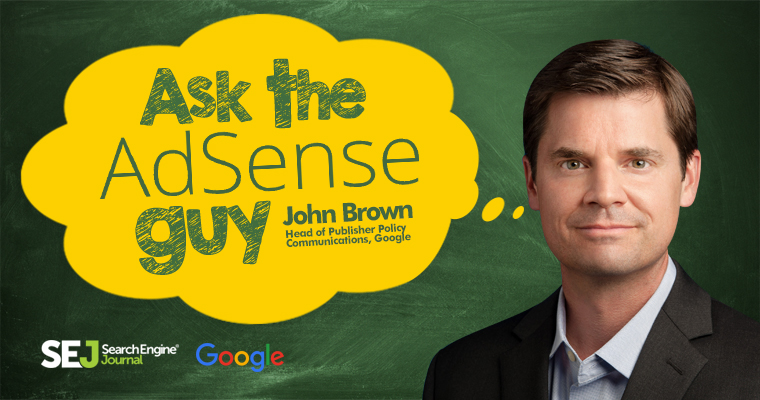Hello AdSense publishers and partners! Today I want to answer questions I’ve received relating to invalid traffic, and other qualitative issues that concern our publishers.
Ad Fraud is a legitimate concern, and one that threatens the entire digital advertising ecosystem. We’ve invested, and continue to invest, significantly to keep ad fraud out of our ads systems. Google is very much on the front lines in the fight against invalid traffic.
Since we received several questions related to how Google tackles this important issue, I will cover our fight and defenses in general, and take on a specific issue that was submitted a few times.

How Does Google Fight Ad Fraud?
No one does more than Google to combat ad fraud online. We use a comprehensive combination of technology, people, and policy in these efforts. For more than a decade, we have developed an extensive internal system to defend against invalid traffic – from simple filters to large-scale machine learning systems, we’ve launched a large number of spam filters. The vast majority of invalid traffic across our systems is filtered out before advertisers are ever charged.
Along the way, we’ve built up a team and a lot of in-house expertise. We have hundreds of people around the world focused on fighting ad fraud and have continually looked to increase our capabilities. In 2014, we bought Spider.io and Adometry, companies with expertise in fighting bots.
We review new publisher accounts and reject applications where we find their sites don’t meet our content guidelines. In 2015 alone we rejected more than 1,4M applications. We also recognize that despite all these safeguards, some fraudsters may still make it through, so we also have extensive, ongoing checks to help keep our system clean.
Via these checks, our operations teams disable thousands of accounts a year for invalid traffic, content violations, and malware; and when we disable accounts, all the money is refunded to advertisers where appropriate and possible.
To summarize, we build systems and tools for monitoring, filtering, mitigating, preventing, and handling suspicious or invalid advertising traffic including: queries, impressions, views, clicks, interactions, referrals, and conversions. These systems enable us to catch bad traffic from scrapers, botnets, pay-to-click farms, malware, hijacking, trick-to-click deceptive UIs, and more.
We are just as diligent on keeping bad ads out of our network.
How Do You Keep Bad Ads Out of the Google Network?
We’ve allocated substantial resources to stopping bad advertising practices and protect users on the web. Hundreds of engineers, policy experts, and others have dedicated their careers to this work, and we continue to work and stay ahead of bad advertising practices online. Earlier this year we posted some interesting stats about bad ads:
- We removed more than 780 million bad ads from our systems.
- Nearly 7,000 phishing sites were blocked.
- We stopped showing ads on more than 25,000 mobile apps for policy violations, mostly due to poor implementations that encouraged accidental clicks.
- Features such as Mute this Ad and Ad Settings give our users control to help us show better ads and shape our policies.
A specific issue that came up in several instances relates to ad injectors. We understand the damage that can be done, and have created policies to help mitigate unwanted ad injectors.
How Does Google Handle Ad Injectors?
Ad injectors are not part of a healthy ads ecosystem. They’re part of an environment where bad practices hurt users, advertisers, and publishers alike. We have a variety of policies that either limit or entirely prohibit ad injectors:
- In Chrome, we require that extensions have a narrow and easy-to-understand purpose. We’ve received more than 100,000 complaints from Chrome users about ad injection since the beginning of 2015 – more than any other issue.
- AdWords advertisers with software downloads hosted on their site or linked to from their site must comply with our Unwanted Software Policy.
- Both Google Platforms Program Policies and the DoubleClick Ad Exchange (AdX) Seller Program Guidelines, don’t allow programs that overlay ad space on a given site without the permission of the site owner, and in 2015, we started automatically filtering out ad injector inventory from DoubleClick.
Obviously, there’s still more to discuss with Ad Fraud, and you should see much more from Google as we continue to provide communications and resources to better describe how we protect users, advertisers, and publishers to help enable a healthy digital advertising ecosystem.
We love your feedback, and look forward to continuing this dialog. Keep the questions coming!
Image Credits
Featured Image: Image by Paulo Bobita
In-post Photo: StartupStockPhotos/Pixabay.com




